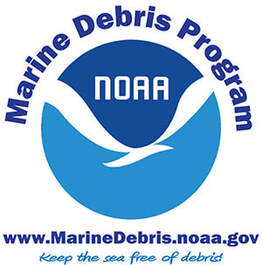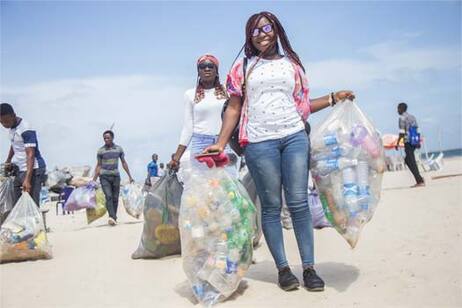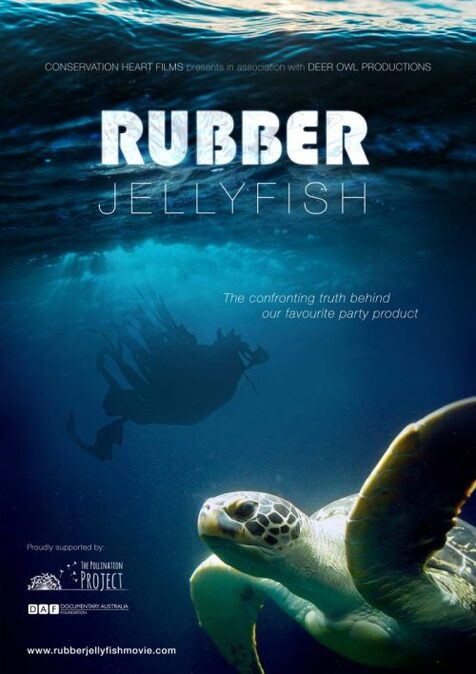|
Organize or join a coastal cleanup event.
In the Great Lakes region, you can participate by signing up with the Alliance for the Great Lakes' Adopt-a-Beach program. For other locations in the United States and around the world, follow this link to participate in find an event near you or learn how to organize your own. On September 21st, the annual International Coastal Cleanup Day event saw volunteers in over 100 countries come together to help clean beaches and other coastal areas. Since it began 30 years ago, over 15 million people have participated, removing almost 314.5 million pounds of trash from coastal areas. For data collected from past International Coastal Cleanup Days, click here. |
|
Host a screening of the balloon debris documentary, Rubber Jellyfish. *Now available on Vimeo On Demand and Amazon Prime.
"We all know that throwing rubbish on the ground is littering, so why is letting a balloon float away seen as something different? Rubber Jellyfish is a feature-length documentary that explores the effects of helium balloons on the environment, wildlife and human beings. Mum-to-be Carly Wilson sets out on a personal journey to meet key players on all sides in the fight to ban balloons, and exposes the confronting truth behind our favourite party product. As she travels around Australia seeking to understand the science and various points of view, Carly discovers a range of issues, from the heartbreaking impact on sea turtles to the potentially deadly effect of helium on children. Her journey takes her from littered beaches to the capital, as she speaks to activists, businesses, and politicians to find out why the balloon problem is being ignored and if something can be done." |

Visit BalloonsBlow.org for more information about how to help prevent balloon releases, raise awareness, and protect the environment and wildlife.

For more information about marine debris on a regional, national, and international scale, visit the NOAA Marine Debris Program website.
You can also download their Marine Debris Tracker mobile app, created in partnership with the Southeast Atlantic Marine Debris Initiative. This app allows you to submit data about any marine debris you find, including plastic bottles, plastic bags, and discarded fishing nets.
You can also download their Marine Debris Tracker mobile app, created in partnership with the Southeast Atlantic Marine Debris Initiative. This app allows you to submit data about any marine debris you find, including plastic bottles, plastic bags, and discarded fishing nets.




